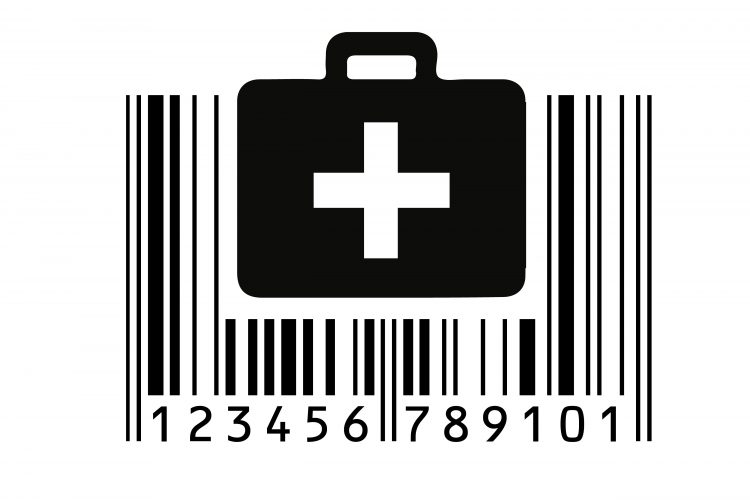Five expert views on Track and Trace
Posted: 17 April 2018 | Dr Stefan Oeing, Ettore Cuccetti, Joe Lipari, William Minaeff, Yanik Beaulieu | No comments yet
European Pharmaceutical Review’s roundtable devoted to track and trace technology. Five industry experts focus on how the contribution of track and trace technology is shaping the pharmaceutical sector and explain what factors are driving that change.


What are the key elements of a successful track and trace system for the pharmaceutical sector?


Selection of lean architecture-based software solutions along with modular hardware design is a must, not only to drive changes in current packaging processes, but also to accommodate future complex additional – or amendments to – regulations in the process.
Pharmaceutical companies also need to consider minimal disruption to existing processes and its impact on productivity, to successfully reap the benefits from the serialisation system.


There are five key elements of a successful track and trace serialisation solution for the pharmaceutical sector, which are:
- Configurability; meaning no specific development needed, with easy updates and upgrades management, allowing for virtually no chance of human error
- Scalability; meaning when the initial rollout phase is achieved, you can smoothly deploy serialisation on additional lines without repeating the whole process
- Interoperability; meaning increased flexibility to choose the hardware that best fits your objectives, and uses any of your existing equipment when valuable for serialisation and minimises costs and delays in delivery
- Site level management capabilities; meaning the most secured and efficient approach to cope with change management. Having a centralised single point from where you can manage all your configuration and processes will help facilitate configuration management, data exchange, reporting, change management and validation support as well as IT governance. Site level management capability minimises risks and helps prepare you to meet future track and trace challenges.






What benefits do such systems deliver to industry and the consumers they serve?
ETTORE CUCCETTI: Implementation of a serialisation system will be beneficial across the pharmaceutical value chain right from the marketing authorisation holder (MAH) and contract manufacturing organisation (CMO), to the supply chain partner, pharmacies and end-consumer. The pharmaceutical companies will be benefited with advanced capabilities to improve the supply chain and data security between different stakeholders. A track and trace system helps to monitor and control the counterfeiting issue and ensures brand protection.
DR STEFAN OEING: Such systems fulfil legal requirements, which aim to protect the consumers against counterfeiting. But they can do much more; for example, monitor packaging systems as well as internal and external logistics processes. Based on this, processes can be optimised, and components with best vs. worst performance and/ or quality can be identified. This can take place in different locations, eg, at the pharmaceutical manufacturer or along the legal supply chain. The overall picture can also provide valuable market information for different regions. Serialisation and track and trace codes can also be used to establish direct communication to the consumer, which opens the door for generating customer loyalty and gaining valuable customer insight.
YANIK BEAULIEU: The main goal is obviously to secure the supply chain against the counterfeit product for the end user, but brand protection is also a significant benefit. Many other benefits could be named, such as minimising the impact of recalls, logistics and handling advantages during production/distribution. This leads to interesting avenues in the future. Those include stock shortage prevention, cold chain distribution control or the end user having access to more information about the product in their possession, including advertising and health recommendations.
JOE LIPARI: In a word, visibility. The holy grail of track and trace is having full transparency into where a product has been. The value this delivers to a consumer is the confidence that the product you or your loved ones are consuming is from a trusted source.
How has the importance of track and trace systems changed over the past 10 years?
ETTORE CUCCETTI: We have seen a major transformation in the perspective of customers over past decade – from meeting the mandates to utilising master data for the betterment of production planning and supply chain management.
Today, the implementation is not only limited to printing on cartons but also includes data management and data security.
The industry is now looking towards single source solution providers that help them through compliance adherence, creating significant value addition to business and consumer safety.
The rest of this content is restricted - login or subscribe free to access


Why subscribe? Join our growing community of thousands of industry professionals and gain access to:
- bi-monthly issues in print and/or digital format
- case studies, whitepapers, webinars and industry-leading content
- breaking news and features
- our extensive online archive of thousands of articles and years of past issues
- ...And it's all free!
Click here to Subscribe today Login here
Issue
Related topics
Related organisations
ACG Inspection, Adents, Atlantic Zeiser Ltd, Optel Group, Systech International









